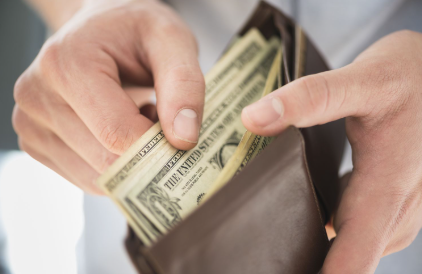Flash sales, characterized by limited-time offers that typically last anywhere from a few hours to a couple of days, have become a prominent feature of modern retail. Brands and online stores use these time-sensitive promotions to create a sense of urgency, drawing in consumers looking to capitalize on discounted prices. While these sales undoubtedly benefit businesses by boosting short-term revenue, they also have a significant impact on consumer behavior and spending patterns.
The Psychological Trigger: Urgency and Scarcity
The most powerful psychological triggers behind flash sales are urgency and scarcity. Consumers often perceive these sales as exclusive events, which can make them feel like they are missing out if they don’t act quickly. This phenomenon, known as FOMO (fear of missing out), is a driving factor in flash sales. When items are available for a short period or in limited quantities, shoppers are more likely to make impulse purchases, fearing they won’t have another opportunity to buy at such a low price.
This urgency leads consumers to make quick decisions, often bypassing the typical consideration processes that would normally help them decide whether a purchase is necessary. As a result, shoppers may end up buying products they don’t need or hadn’t originally intended to purchase.
Increased Spending and Impulse Purchases
Flash sales are notorious for encouraging impulse buying. The perceived “deal” or “discount” on an item makes consumers feel like they are getting more value for their money. Even if they don’t need the product, the idea of saving money pushes many shoppers to make purchases they might not otherwise have considered. This leads to higher average transaction values, as consumers often buy more than one item during a flash sale.
For example, fashion retailers frequently hold flash sales that feature large discounts on clothing and accessories. Many customers may originally intend to buy just one item but, upon seeing several appealing products discounted, end up purchasing multiple items. This spike in unplanned spending is a key characteristic of flash sales and plays a significant role in driving up overall consumer spending.
Shifting Consumer Expectations
Flash sales also impact consumer expectations in the long term. Shoppers who participate in these sales often begin to expect discounts to appear regularly. As a result, many consumers may delay purchases, hoping for another flash sale or a better deal in the future. This behavior can create a cycle where consumers become less willing to buy at full price, waiting for the next discount event instead. Brands, recognizing this shift, may strategically schedule flash sales throughout the year to maintain engagement and keep customers coming back.
However, this expectation can also be detrimental to some retailers. If consumers become conditioned to only shop during flash sales, they may be less likely to pay full price for products, which can harm a retailer’s ability to sustain consistent revenue. As a result, businesses need to balance the frequency of flash sales to avoid diminishing their overall brand value.
The Impact of Flash Sales on Brand Loyalty
Flash sales can be a double-edged sword when it comes to brand loyalty. On one hand, they can draw in new customers and encourage repeat business. Shoppers who are able to snag a great deal during a flash sale may feel a sense of satisfaction and return to that retailer for future purchases. This creates an opportunity for businesses to convert casual buyers into long-term loyal customers.
On the other hand, frequent flash sales can erode brand loyalty if consumers begin to view the discounts as the main reason for shopping with a particular brand. Customers may start shopping purely for the deal, rather than out of a preference for the brand or product quality. This transactional approach can prevent businesses from building deeper relationships with their customer base, leading to lower long-term customer retention.

Flash sales have a profound effect on consumer behavior, driving impulse buying and altering spending patterns. The urgency and scarcity created by these promotions trigger emotional responses, encouraging shoppers to act quickly and make unplanned purchases. While these sales help businesses boost short-term revenue, they can also shift consumer expectations, making shoppers more price-sensitive and less likely to purchase at full price. Additionally, while flash sales can foster brand loyalty, they can also risk undermining long-term customer relationships if overused. For businesses, understanding these impacts and using flash sales strategically is key to balancing immediate gains with sustained growth and brand equity.
